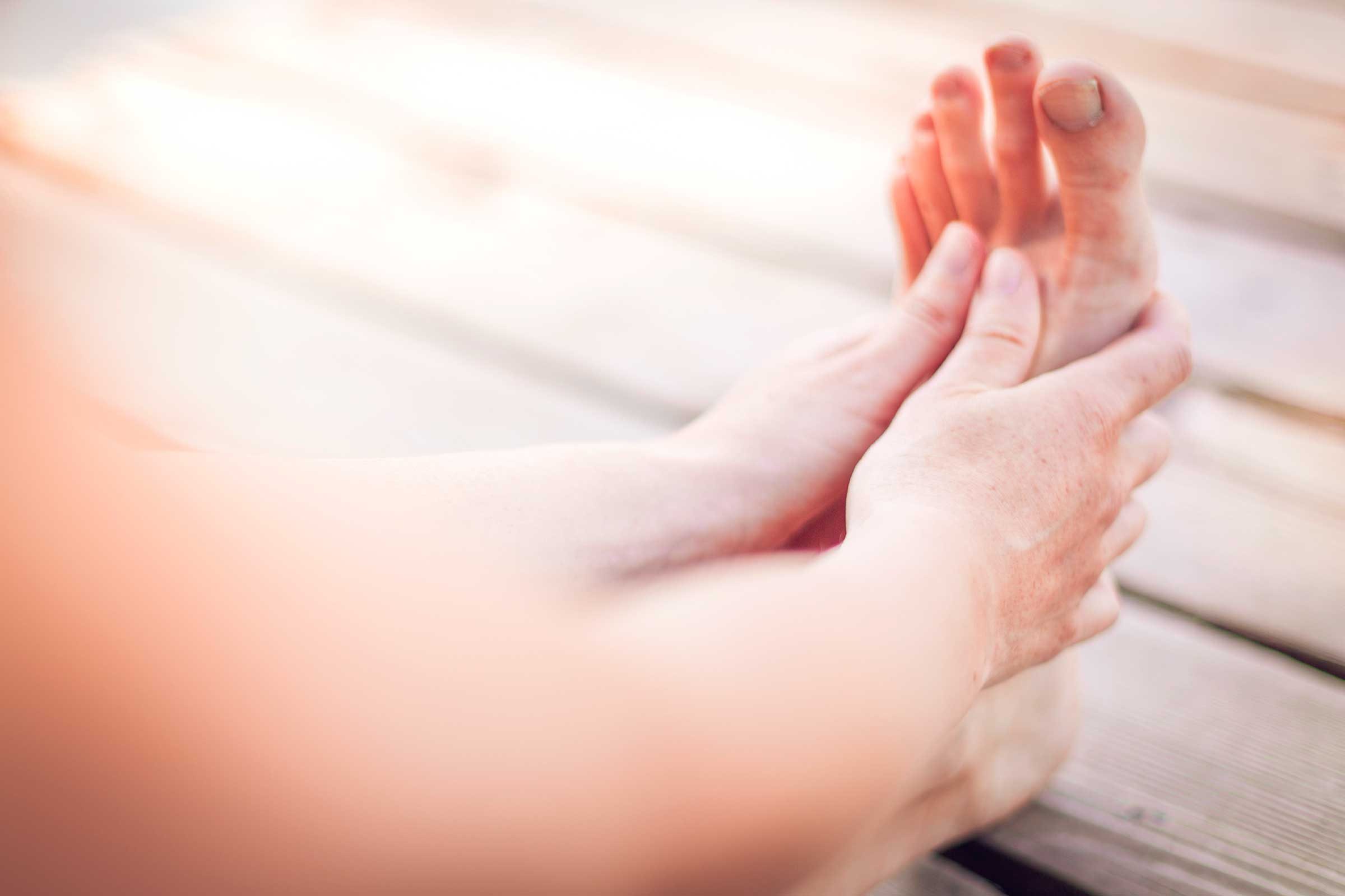
Do a nightly foot check
Everyone gets a blister or callus now and then, but these little bothers are much more serious for people with diabetes, whose feet are particularly vulnerable to infection. Poor blood circulation, which is common with type 2 diabetes, makes healing more difficult. And because of nerve damage, you might not feel sores, blisters, or cuts. So check your feet every night before you pull the covers back. The ritual will become second nature in no time. Make sure to pay attention to these other diabetes complications too.
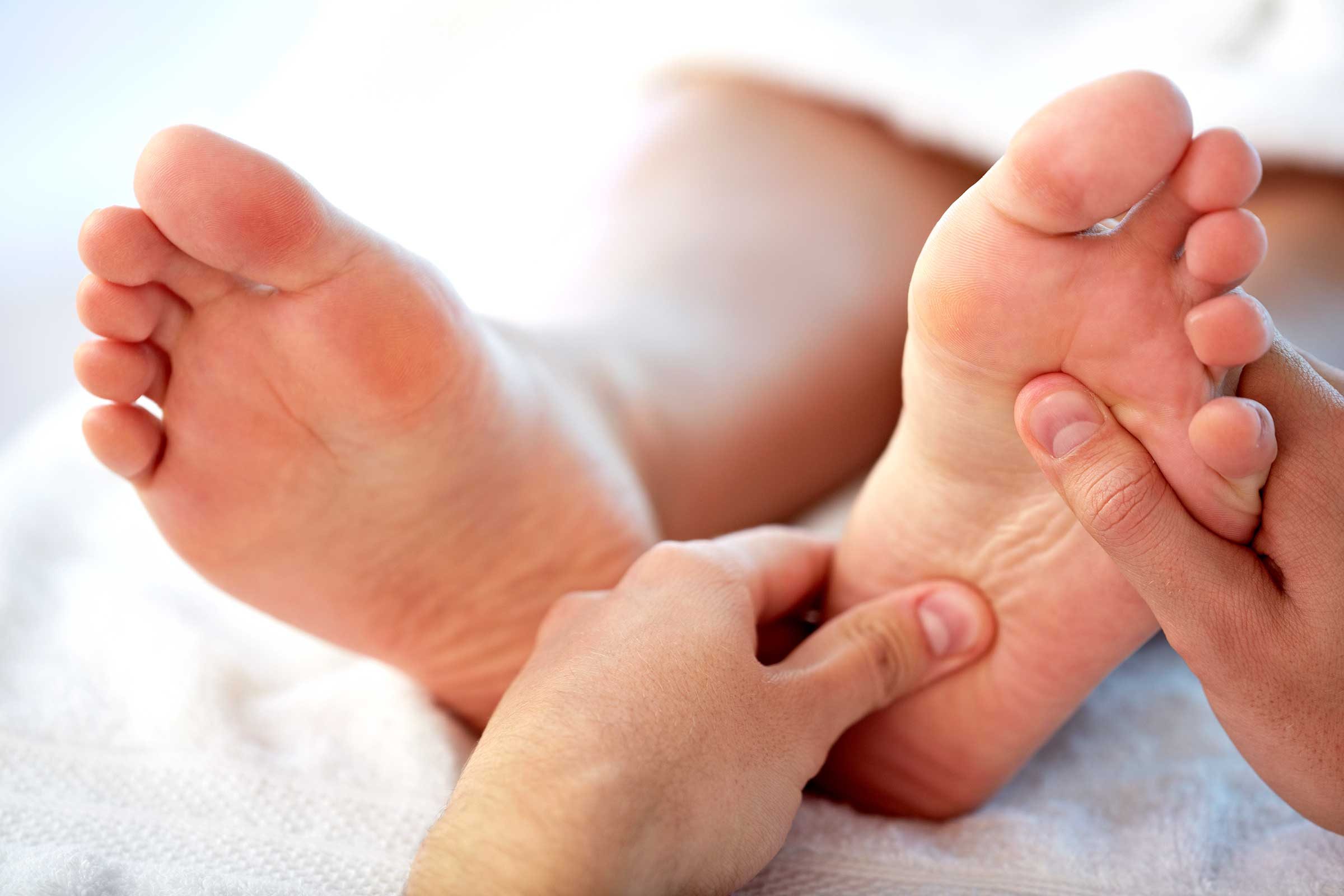
Get your spouse to play footsies with you
There are many reasons that a person with diabetes might have a hard time checking his or her feet thoroughly: back problems, obesity, and arthritis may reduce the flexibility you need to inspect your feet closely. Diminished eyesight makes the task more difficult, too. In any case, enlist your spouse’s help. The slight inconvenience that it might be to ask for someone’s help is a lot better than finding out about foot injuries too late.
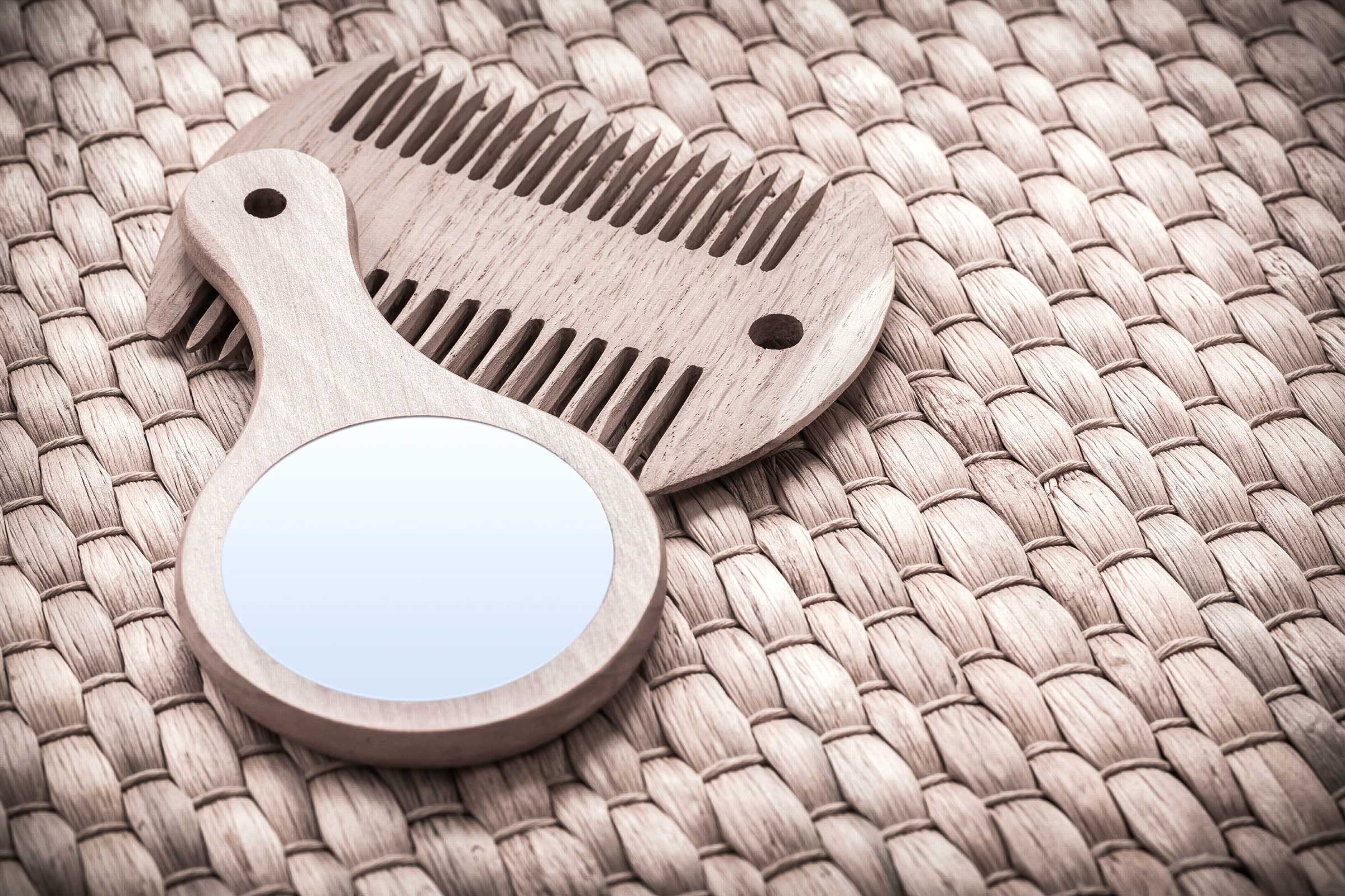
Keep a small mirror under your bed
It’s pretty easy to see the tops and sides of your feet, but many people aren’t agile enough to get a good look at the bottoms. Buy a mirror that’s about the size of a sheet of notebook paper and place it mirror-side up under your bed. At bedtime, use your toes to slide the mirror out from under the bed. Examine your feet in the mirror and then slide the mirror back into its hiding place.
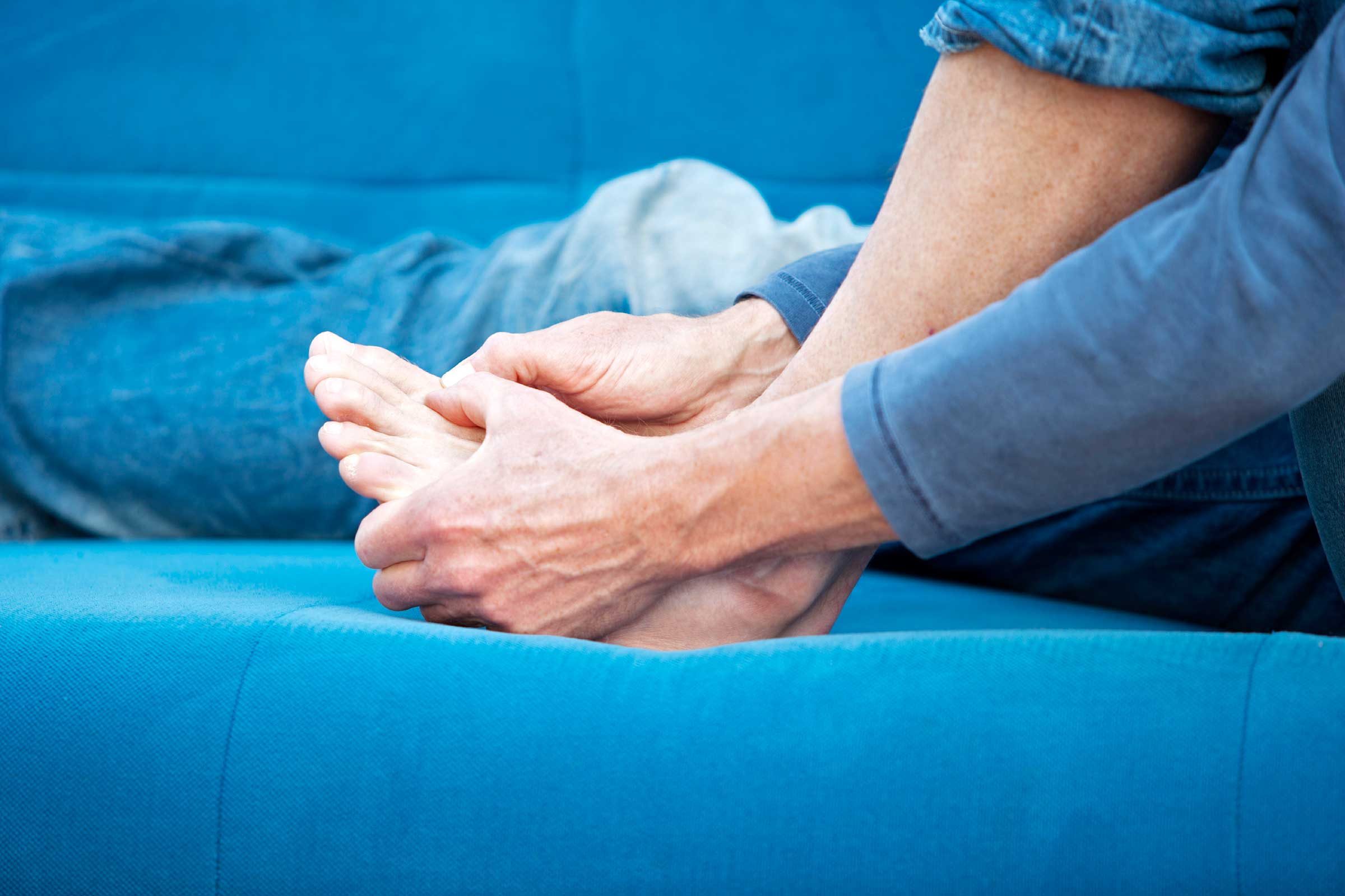
Keep your eyes open for irritations large and small
When you conduct your foot check, keep an eye out for open sores and cuts. Signs of infection include swelling, redness, drainage, oozing, or warmth. Call your doctor immediately if you see any of these symptoms around a sore, at the site of a splinter or cut, or around your toenails. Smaller signs of irritation need quick attention too, including redness, corns, or calluses. (Try one of these home remedies for corns and calluses). Pay particular attention to the toes and the ball of your foot when you inspect. That’s where most foot ulcers develop.
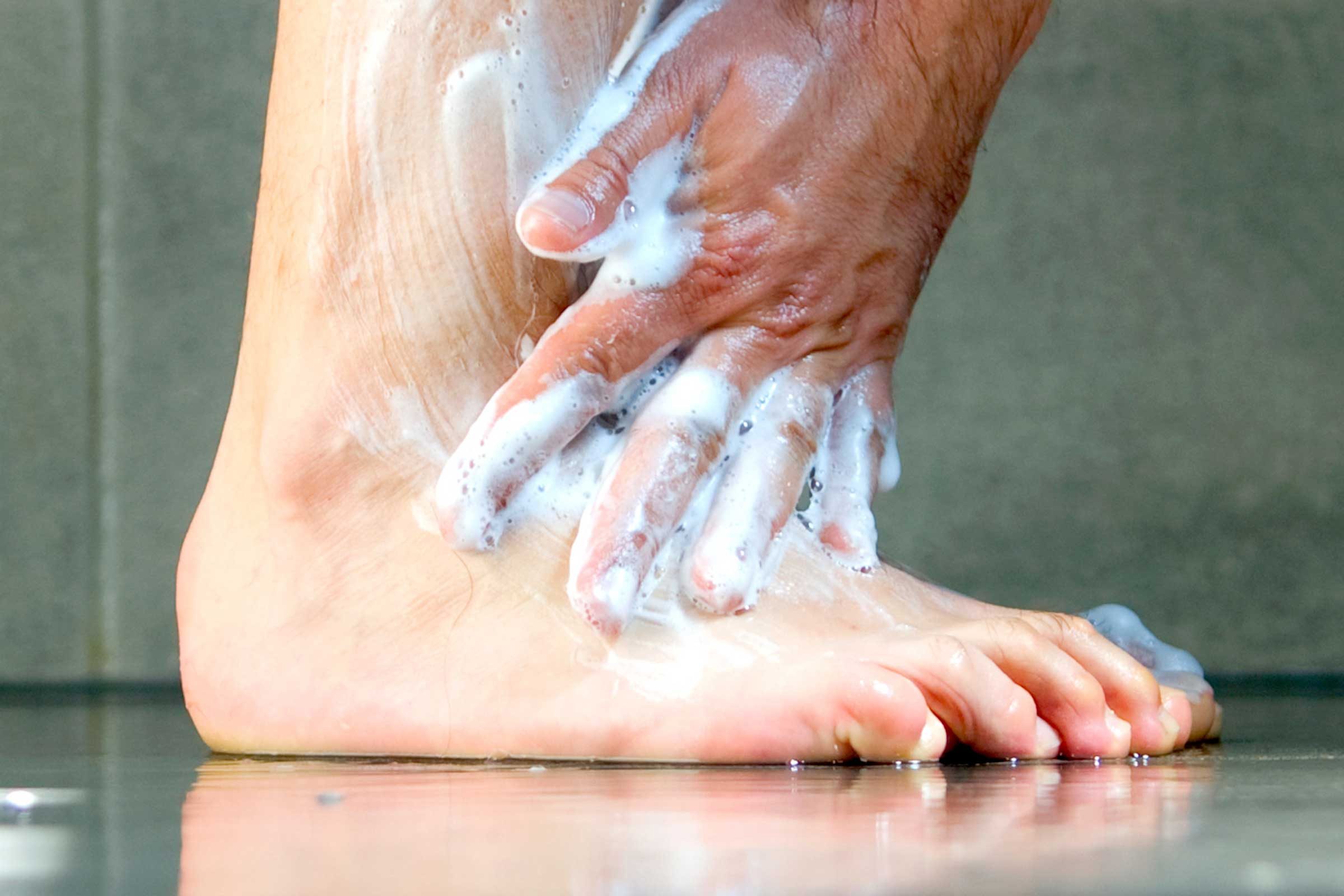
Clean and treat minor scrapes and cuts right away
Wash your hands with soap and water. Then wash the wound with soap and water, rinse with more water, and pat it dry with a clean towel or paper towel. Dab some antibiotic ointment onto a cotton swab and smear a thin layer of the ointment onto the wound. (Don’t apply the ointment with your finger.) Cover the wound with an adhesive bandage. If the wound does not look better within a day, or if you see signs of infection, such as swelling, redness, warmth, or oozing, call your doctor or a foot care specialist immediately.
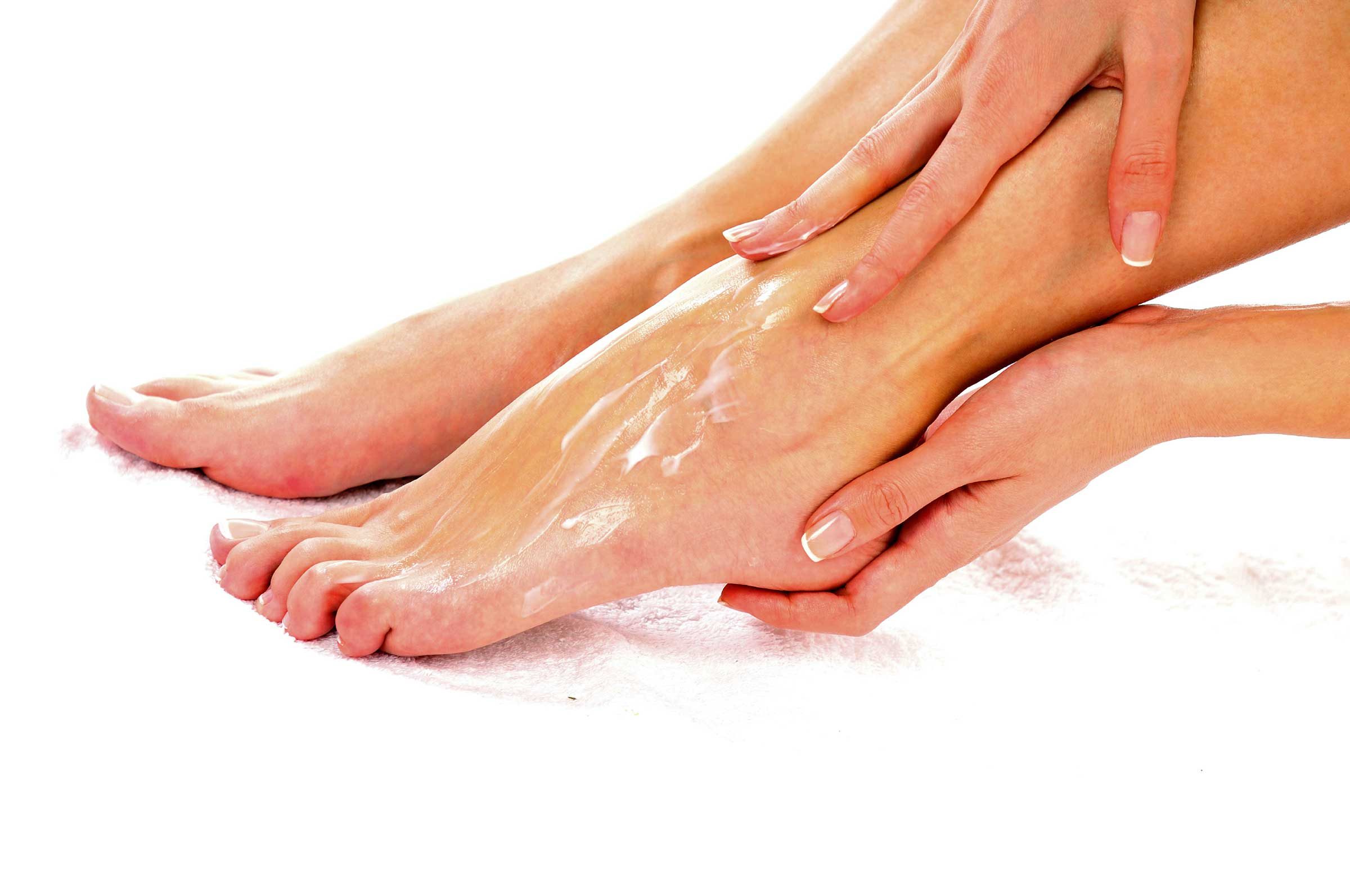
Moisturize, moisturize, moisturize
When you peel your socks off for the evening, check to see if tiny white flakes are falling to the floor. Those flakes are dry skin cells. If you see them, your skin is too dry. If you don’t moisturize, your skin could begin to crack, which will leave you vulnerable to infection. Pay particular attention to your heels and the balls of your feet, where dryness is more likely. Then tuck your feet into clean cotton socks, which not only keep your sheets from being streaked with lotion, they also seal the moisture into your skin.

Ask your podiatrist to trim your toenails at your next visit
Health-care experts are reluctant to have diabetes patients care for their own toenails because sharp clippers that are mishandled can cause injuries. Be honest with yourself: Can you reach your toes easily? Do you have a good set of toenail clippers? Will you take the time to do a careful and meticulous job of trimming? If not, ask your partner to do the task for you, or better yet, have your podiatrist do it.
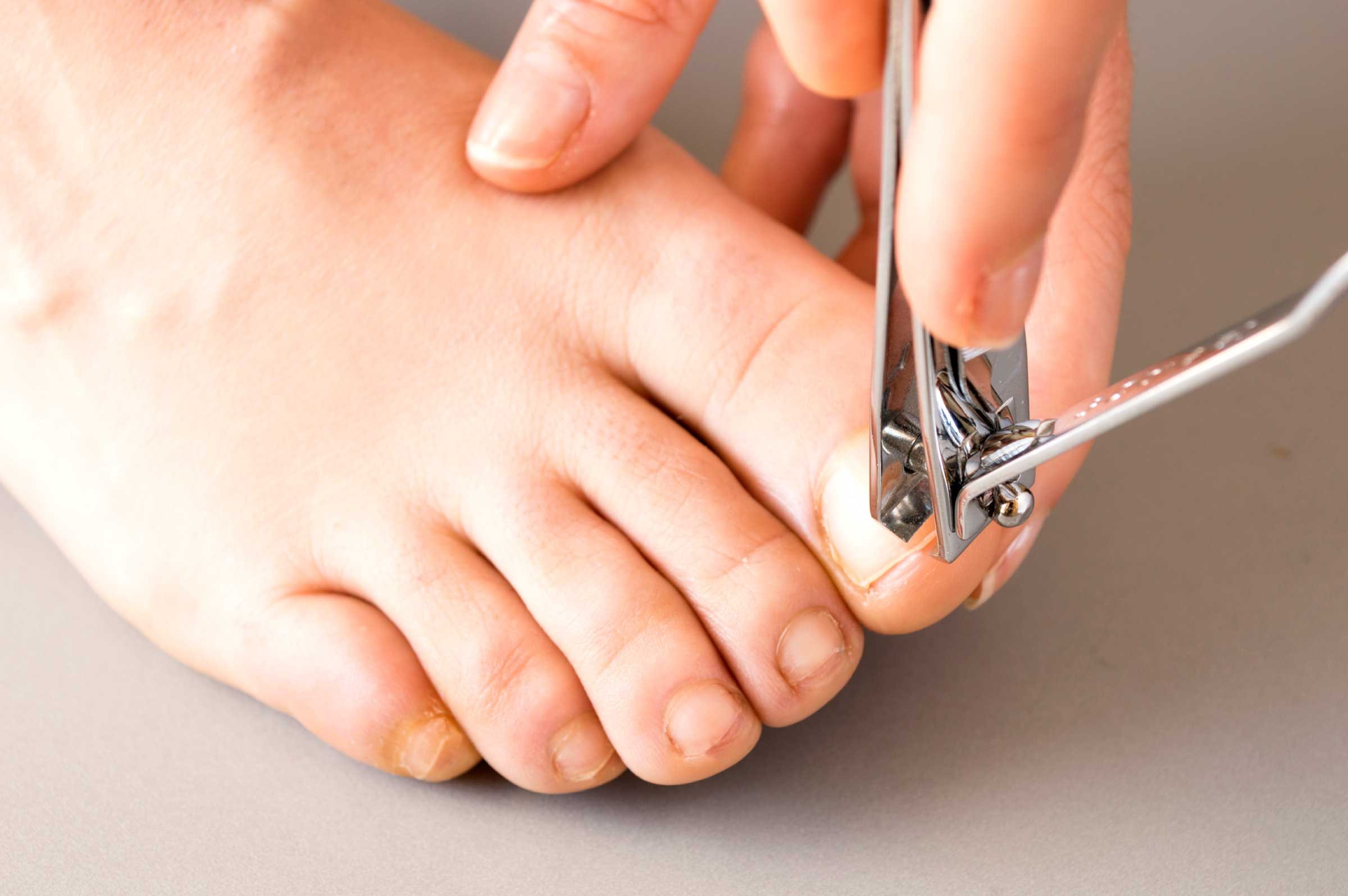
If you do trim your own nails, use clippers designed for toenails
Toenail clippers are larger and have more leverage than fingernail clippers, so they can snip through thicker toenails without your applying excess pressure, which could lead to injury. Also, their blades are less rounded, making them more suitable for big toes. You can purchase the lever-style toenail clippers (which look like oversize fingernail clippers) or scissor-style clippers (which look like mini-wire cutters). Nail files and emery boards are acceptable alternatives. Don’t use conventional scissors or a knife, and don’t tear, pull, or bite at your toenails.
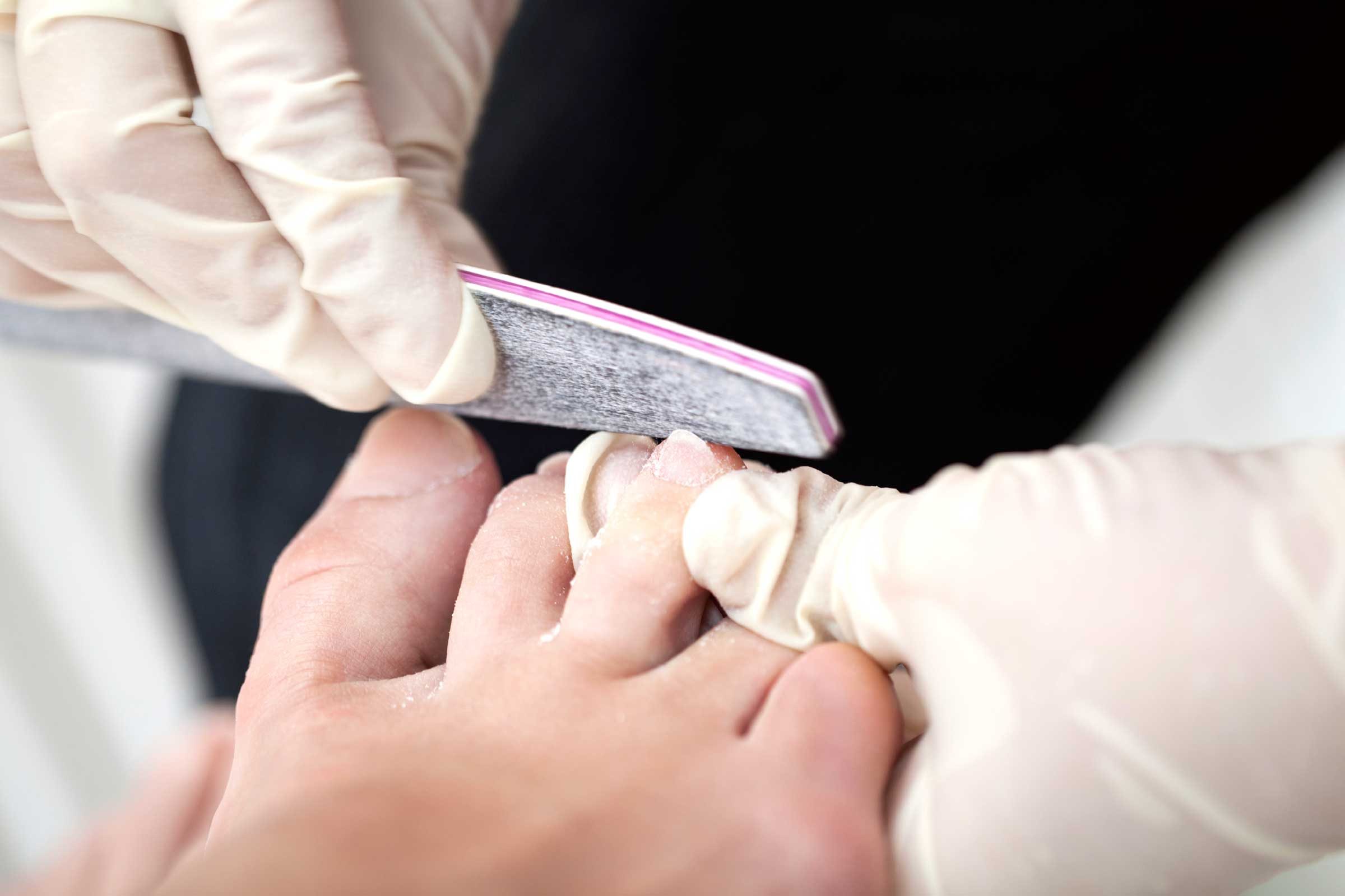
Soften sharp toenail edges
When you trim your toenails, cut them so that they’re flush with the tip of the toe, in a slightly curved shape that follows the shape of the toe. You often will see advice saying to cut toenails straight across, but this can leave sharp points on the sides of your nails that can cut into your skin or become ingrown. Use a file or emery board to smooth any rough or sharp spots.
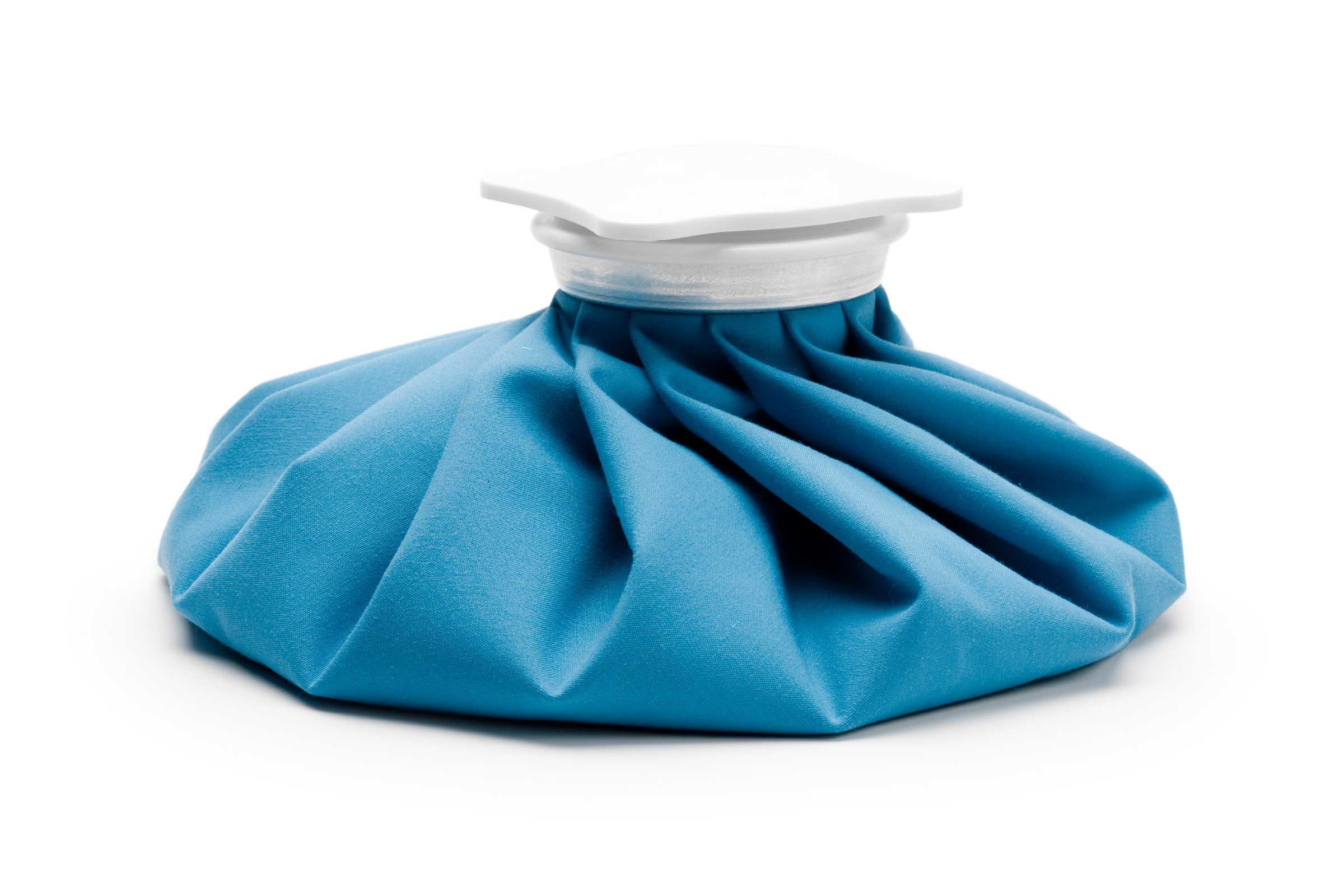
Toss our your electric blanket
Don’t bed down with any devises that will create extreme temperatures, such as electric blankets, heating pads, hot water bottles, and ice packs. With reduced feeling in your feet, you might not be able to tell when such items are overheating or over-chilling your feet or other body parts.
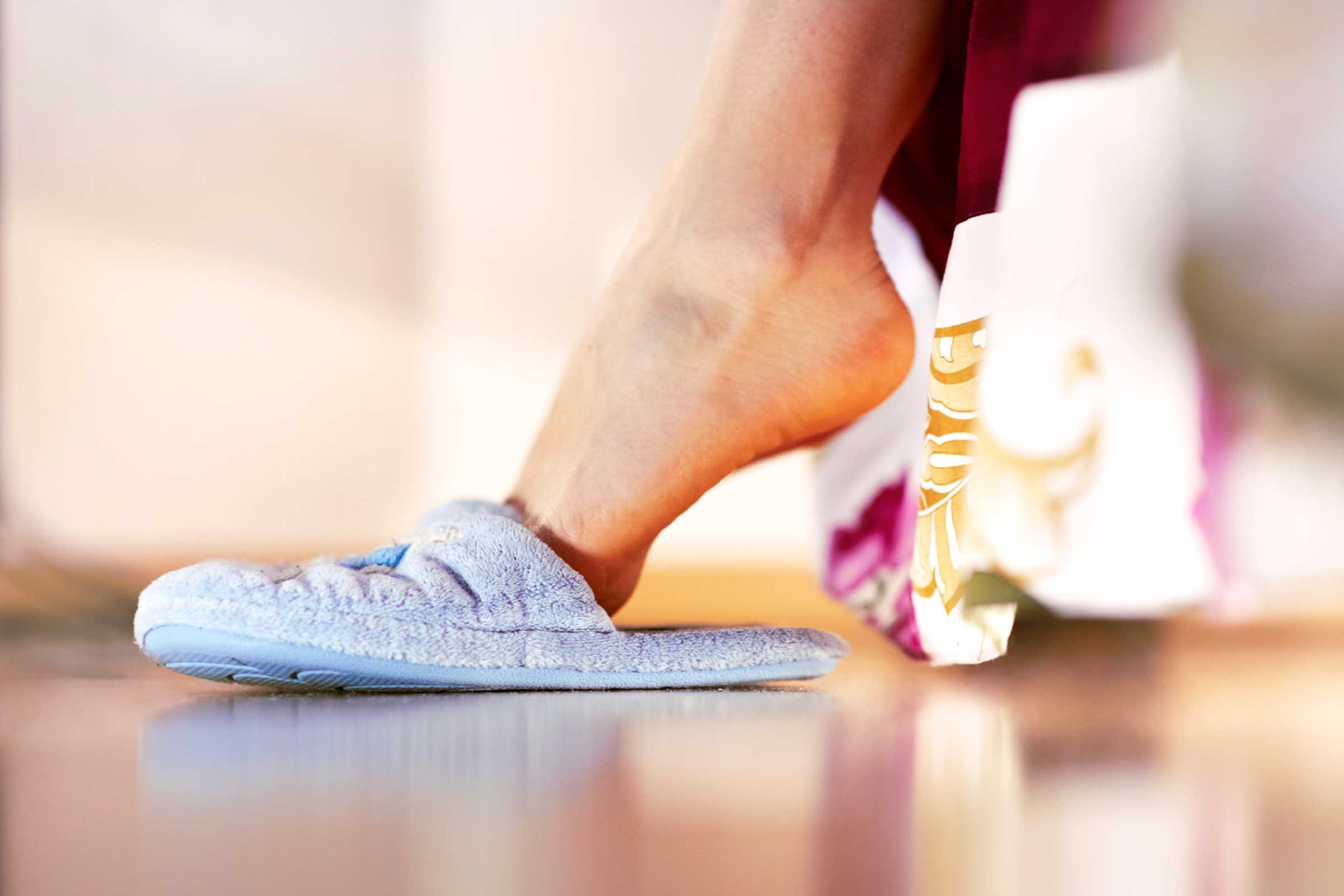
Slip into your slippers
If you have changed into your pajamas for the night but you’re not quite ready to slip under the bedcovers, pull on a sturdy pair of nonskid slippers to protect your feet. Walking around barefoot isn’t a good idea for people with diabetes. Even if you are meticulous about housekeeping and won’t risk stepping on something sharp, there are still plenty of ways in which you can stub your toe. (Here’s why stubbing your toe hurts so much.)
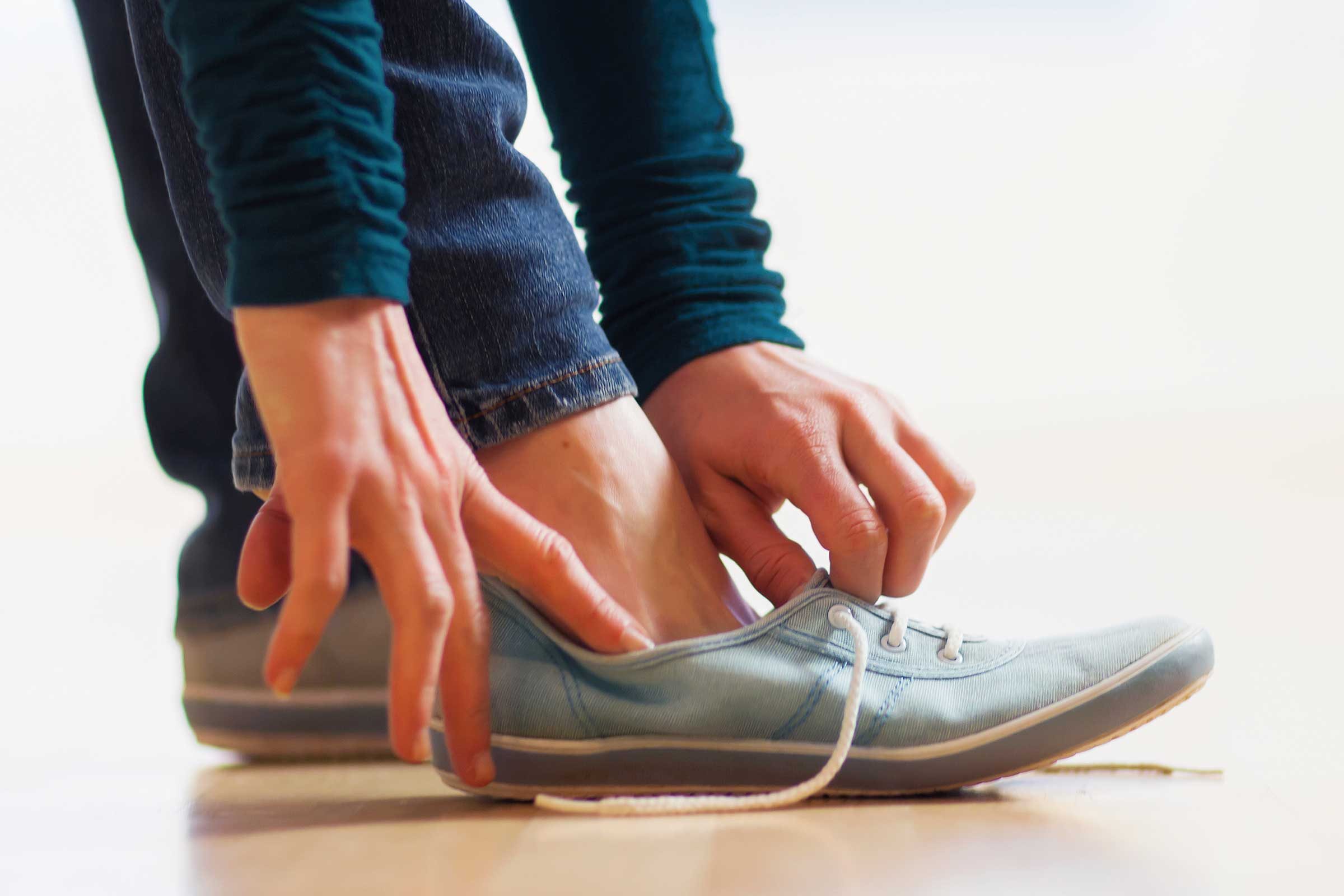
In the morning, check your shoes for lumps and debris
Before you pull on a pair of shoes, shake them out and run your hands inside to detect pebbles, other objects, lumps, or rough linings that could rub or injure your feet. Otherwise, if you have reduced feeling in your feet, you might not notice such a problem until it’s done serious damage. Inspect the soles for any tacks you might have picked up and make sure the soles are in good repair so your feet get proper support.